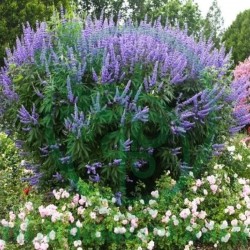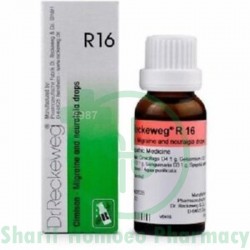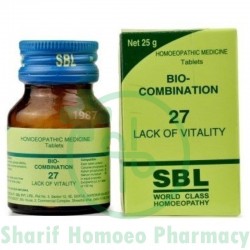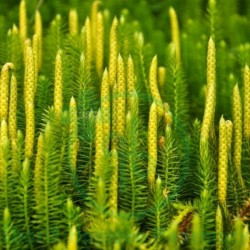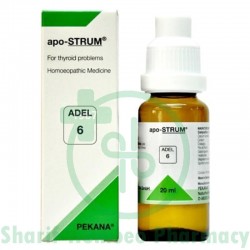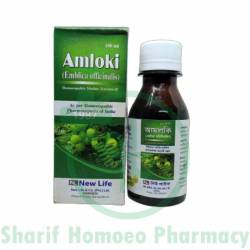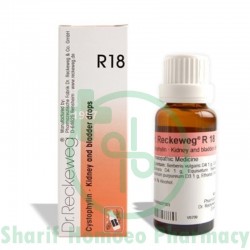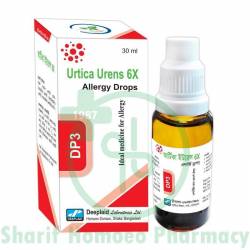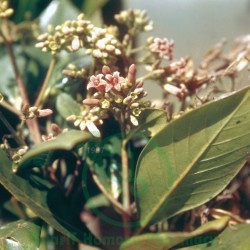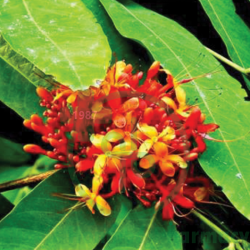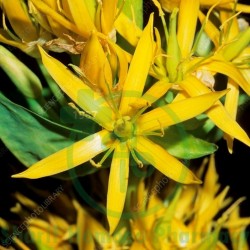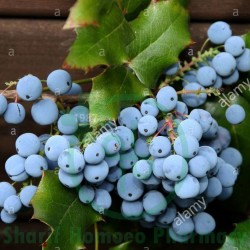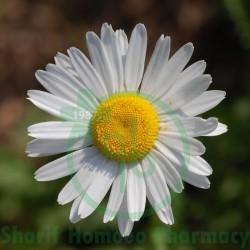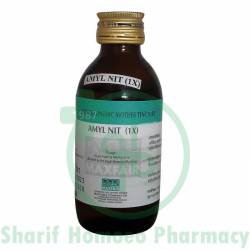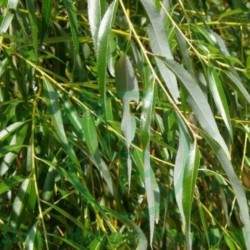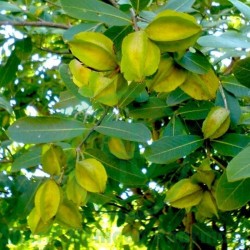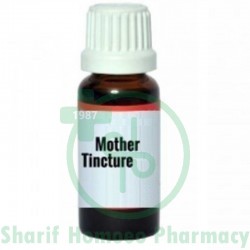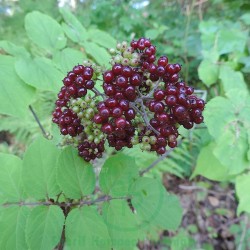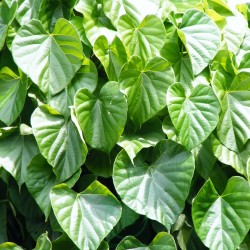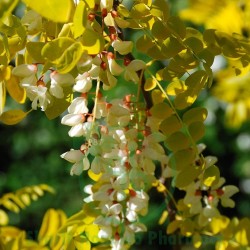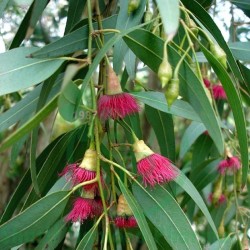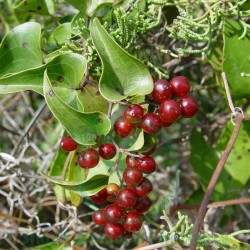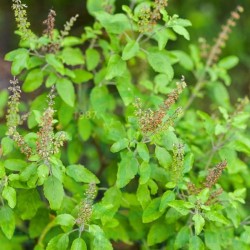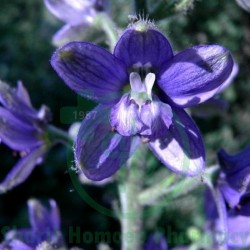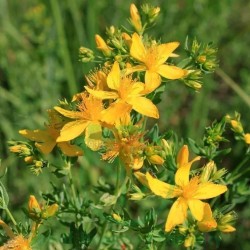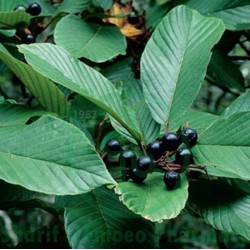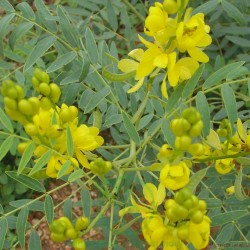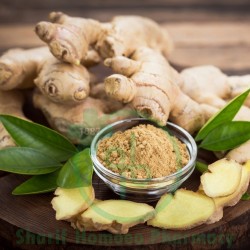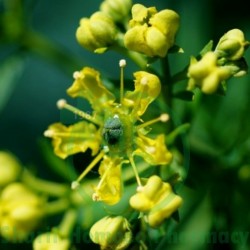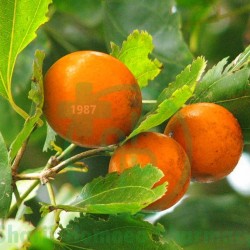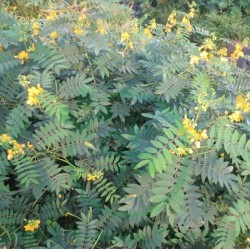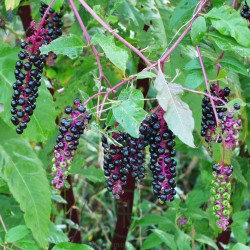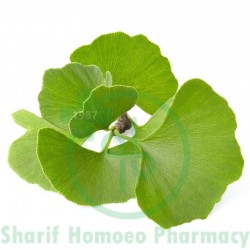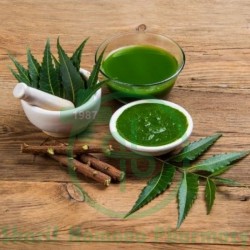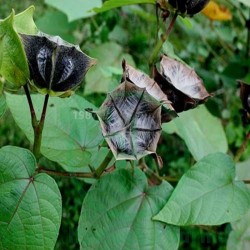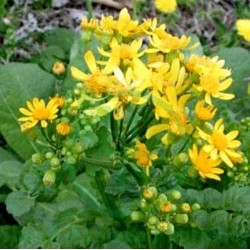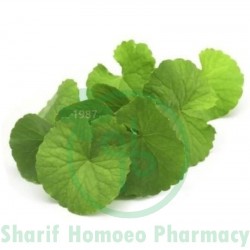Commonly known as the chaste tree, Vitex agnus-castus is a deciduous shrub or a tree of about 2 meter height. Leaves opposite, petiolate and digitate, five to seven partite, upper surface dark green and undersurface gray, odour strong aromatic. The fruit drupe, yellowish and hard, with an aromatic odour and taste. Flower in dense sessile cluster, forming terminal often panicle spikes, light purple. It is found in southern Europe,shores of the Mediterranean, south of France and Greece on sandy spots and at the base of rocks. The agnus castus q is also cultivated in garden.It contains viticine, castian, aucubin, agnoside, eurostoside, etc. They regulate hormore, progesterogenic, increases breast milk.A homoeopathic tincture is made from the fresh berries. It is covered by both Homoeopathic Pharmacopoeia of India and German Homoeopathic Pharmacopoeia. It was proved by Hahnemann himself.
Agnus castus is for low sexual vitality with corresponding mental depression and loss of nervous energy. The agnus castus dosage for erectile dysfunction shows distinctive influence in both sexes, but is more pronounced in men. It is of service in impotency in those who are suffering from indiscretion. The genitals are relaxed,flacid and cold. There is no sexual desire. Beneficial in the management of the consequences of onanism and masturbation. In diseases of women, there is a general relaxed condition of the genital organs with a transparent leucorrhoea, an abhorrence of sexual intercourse and a sad, despondent mental condition. Premature old age from abuse of sexual power. The agnus castus in homeopathy is also a remedy for sprains and strains, tachycardia caused by tobacco in neurotic young men. Several researches have concluded that Agnus castus is effective in premenstrual syndrome and 1,2,3,4 possesses antioxidant property . Recently, many researches have explored it possess prolactin inhibitory activity, which pave the way to use it scientifically for the effects of hyperprolactinaemia like production and spontaneous flow of breast milk and disruptions in the normal menstrual period in women and hypogonadism, infertility and erectile dysfunction 5,6,7,8 in men.







